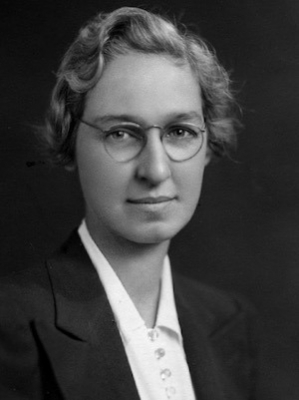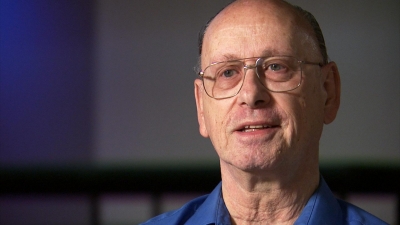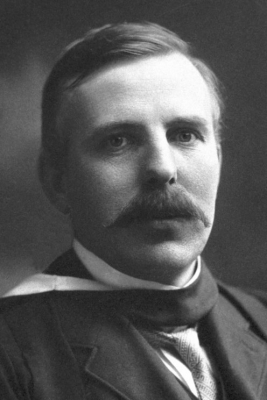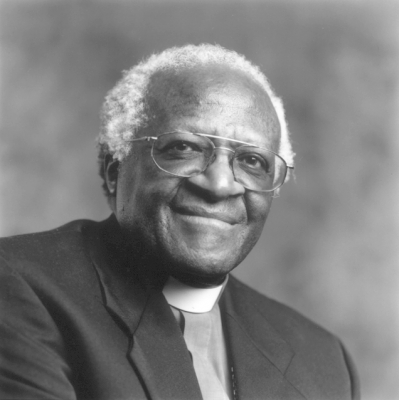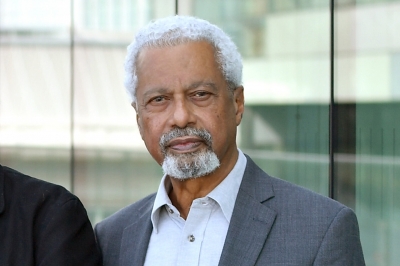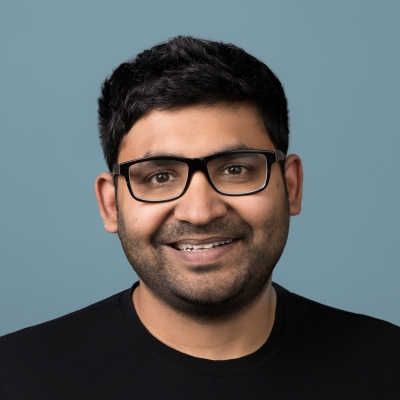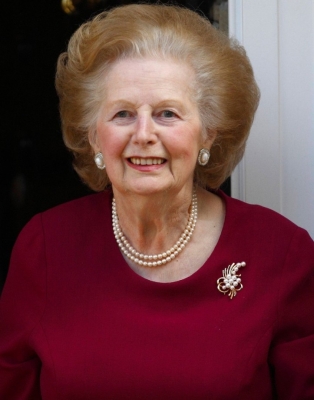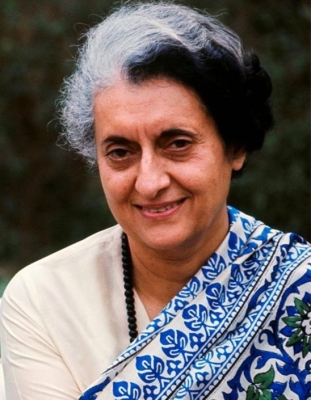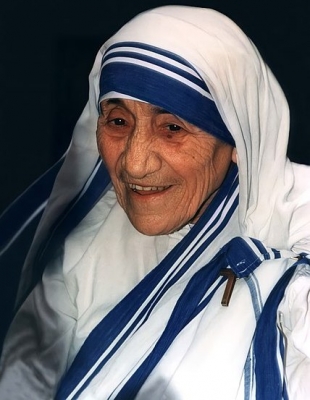
Carolina Norbu is an upcoming, passionate singer songwriter from the picturesque hills of Arunachal Pradesh who also doubles up as a dentist by profession. She plays narrative of how and what she feels.
She believes music is a language that has no boundaries.
Her first performance was at The Urbane Solace, Bangalore, in 2013, after which she was a finalist at the K-Pop Contest the same year. She has since performed at the International Jazz Day in Itanagar, Ziro Festival of Music, Orange Festival and Arunachal Literature and Art Festival to name a few, carving herself a place in the hearts of her audience. Norbu is an artist to watch out for.
VERUS FERREIRA spoke to 31-year-old Carolina Mum Norbu to trace her journey into music and dentistry.
Tell us how music started for you.
Well, I've loved singing since childhood. My family loves music and I grew up listening to my father's cassettes of Boney M, Abba and Bee Gees. And coming from a Christian background, I was always a part of singing groups since childhood.
What were your childhood and teenage days like?
My childhood days are the best memories I have. I grew up in a small town with a population of not more than 3000 then. We stayed near a field where all the kids from the nearby colonies would gather to have fun, play, sing, dance and hang out. By the time I was in high school, I got more into literature and started writing poems to express myself. This caught the attention of some of my seniors at church and they requested that I write a gospel song, given that I had learnt basic guitar skills by then. I tried my best and gave them my first song Almighty. Thereafter, I was so inspired by all the positive feedback that I took an interest in songwriting which followed through into my college life as well.
How did the decision to take up music come about when you were practising as a dentist?
Music had always been my first choice. I joined BDS (Bachelor of Dental Science) to study, and I continued to keep my passion for music alive. The college study was so vigorous, I hardly had time for music. But I made sure that whenever an opportunity came, I participated. While still in my third year, I posted one of the songs I composed and recorded on my phone to SoundCloud. It was so warmly received that I decided to pursue recording it properly in a studio, and then down the road I began pursuing both dentistry and music.
Tell us about your job and how you prepared for it.
I graduated from Bangalore Institute of Dental Sciences and hospital (BIDS) in Karnataka. I currently work as a dental surgeon in a private clinic in my hometown, Itanagar.
Who are your favourite artists whom you look up to?
I really love Taylor Swift and Ed Sheeran's songwriting skills. I admire Jacob Collier, Finneas and many other musicians.
How do you define your music and which style would you put in?
Indie-pop or Indie-folk
Which musical instruments do you play?
I play the guitar and ukulele. I am learning how to play keys (keyboard) as well.
Where do you draw inspiration from? Who's been that one person who acts as a source of motivation?
Inspiration is everywhere. The books I read, the things I experience, the stories I hear, the situations we go through; inspiration can be anything. My mother has always been my guide.
You released a three-song EP last month. Tell us what they are about?
Eve is a song about a girl trying to court and ask a guy she likes to dance with her. It's a fun song. Under The Sheet is about lazing around on a rainy day, getting cozy with your partner and not going out. A song made for rainy lockdown days. Chemistry speaks about falling for someone who is unexpected and with an uncontrollable feeling.
Are you planning on releasing music videos for them?
Yes. I got to work with an amazing team and we conceptualized a story for all the three songs clubbed together into one music video, which has a running time of approximately 10 minutes. It's on YouTube on my channel, so do give it a watch.
Do you have a regular band that you play with?
Not a regular band, but yeah, the session artists/musicians I mostly play with are members of AIMF (Arunachal Independent Musicians' Forum).
How do you go about your songwriting?
It's always good to have a motive before starting the process. Once I have an idea, I work on the melody and then the lyrics alongside. Sometimes it's the melody first and lyrics later. Sometimes it's the lyrics first and melody later.
What is the selling point that makes your music different from any other vocal groups?
My songs are mostly inspired by and talk about human emotions. I try my best to embody an emotion in the best possible way so the feeling is conveyed to the listeners having no specific gender or age group.
In a male-dominated music industry, have you faced any sexism? Do you want to see a change?
I did, but very subtly. The world is becoming more and more aware and I am hopeful that we are headed towards change.
What do you want changed in the music industry for girls?
I want the music industry to care less for outward appearances and more for talent and hard work. I hope girls don't have to compromise their work ethics just to get the work done.
Surely many young men have taken a fancy to you... do you have a boyfriend?
Ha, ha, ha! They do actually, and it humbles me. I am grateful that they look up to me or fancy me. And no, I do not have a boyfriend.
What are your future plans?
Work on producing more songs, go on tour, play more gigs, meet more people, artists and musicians. Personally, I want to do and achieve a lot of things which I couldn't in 2020 and 2021. I think it's the same for everyone's resolution for 2022. Fingers crossed.
Your message to our young readers...
If you have a passion that you know in your heart is genuine, true and honest, pursue it. It's never too late. Don't wait for someone to come and make your dreams come true.
Credit : Verus Ferreira (The Teenager Today)
Picture Credit : Google
